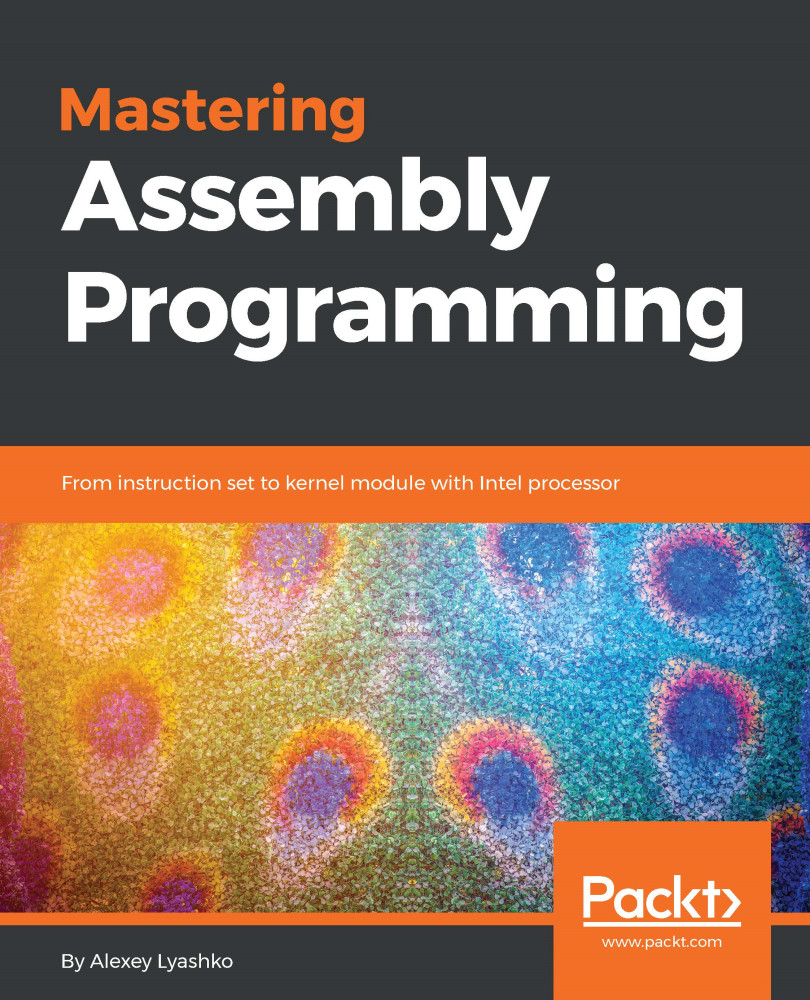As the name of this assembler states, it supports macros and has a nice set of built-in ones. However, it is hard to find a more or less valuable assembler without this feature today.
The first assembler I ever used was Macro Assembler (MASM) (I do not remember which version) on DOS installed on a Sony laptop with 4-MB RAM and a 100-MB hard disk (ah, good old times), and MS-DOS edit.exe was the only IDE. Needless to say, the compilation and linking was performed manually in the command line (as if DOS had any other interface).
In my opinion, this is the best way to learn Assembly or any other programming language--just a simple editor with as few features as possible (however, syntax highlighting is a great advantage, as it helps in avoiding typos) and a set of command-line tools. Modern integrated development environments (IDEs) are very complex, yet...


